Understanding Gochujang Selecting and Using Korean Chili Paste
38 min read Choose authentic gochujang, decode heat levels and labels, and master using Korea’s iconic chili paste in marinades, stews, and sauces with expert tips and pairing ideas. October 04, 2025 15:09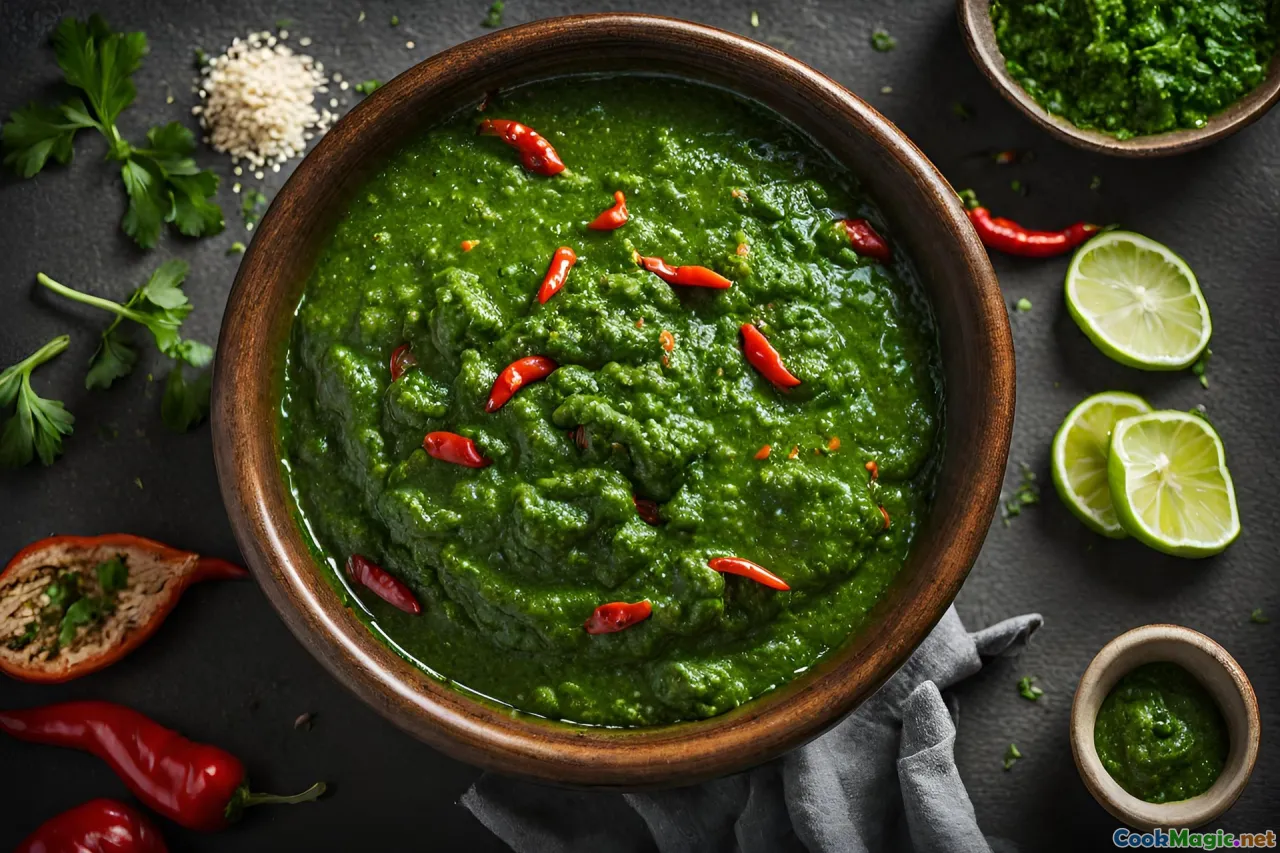
The first time I truly tasted gochujang, I was standing on a tiled rooftop in Jeonju as the early spring light warmed the clay jars lined like guardians along the parapet. A halmeoni in a pale blue apron lifted a lid and coaxed me closer. A breath of air rose from the earthenware—sweet, malty, red as lacquer. The aroma was not sharp heat; it was round, a hum of fermented soybean and rice, a whisper of smoke and sun. She extended a wooden spoon. The paste clung as if reluctant to leave its home, then touched my tongue with a measured burn, a caramel shadow, and a deep, soulful savor that seemed to anchor the entire morning. That red spoon taught me what cookbooks rarely convey: gochujang isn’t just spicy. It is a story of time, climate, and care—Korea in a crock.
What Gochujang Is — and What It Isn’t
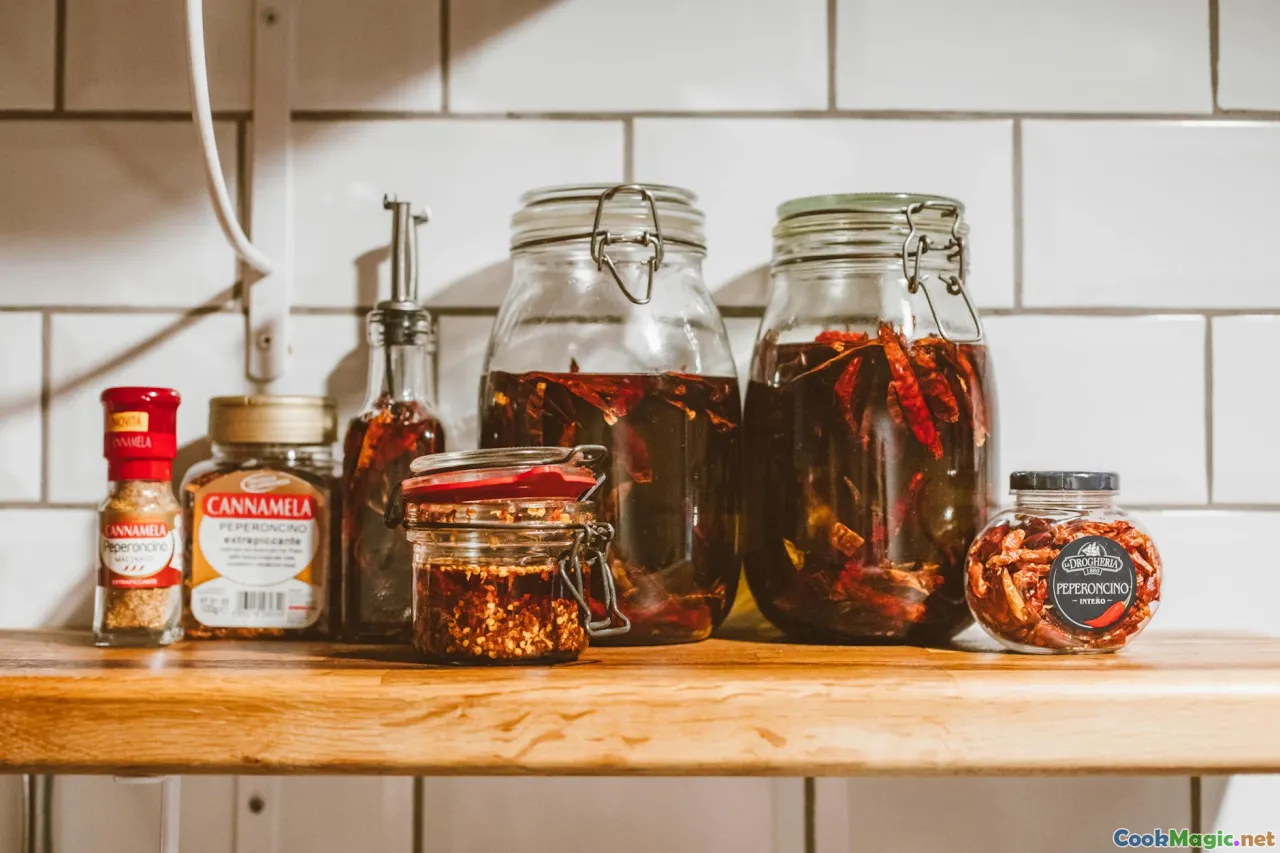
Gochujang is Korea’s fermented chili paste, a union of powdered red peppers (gochu), fermented soybean bricks (meju), grains—traditionally glutinous rice, sometimes barley or wheat—salt, and time. It’s thick and glossy, the color of red clay after rain, with a texture that strings and stretches when you draw a spoon through it. Taste it and you get an orchestration: sweetness first, then heat, then a deep umami that lingers down the sides of your tongue.
It is not the same as gochugaru, the coarse, brilliant flakes used to make kimchi. Gochugaru brings raw chili brightness; gochujang delivers fermented depth. Nor is it interchangeable with Japanese miso, though the shared soybean fermentation makes them cousins. If miso is a choir of savory notes, gochujang is that choir rehearsed in a stone church with stained glass—warm light coloring the sound.
Traditionally, families would blend sun-dried meju powder with gochu powder, rice or barley malt, and sea salt, then pack the mixture into onggi—porous earthenware jars—set on the household’s jangdokdae, a raised platform that catches sun and breeze. The paste ripens slowly through all four seasons, darkening and concentrating. Modern producers have scaled this process, but the essence remains: grain sugars feed microbiota; soy proteins break into amino acids; peppers mellow; everything settles into a stable, savory-sweet fire.
A Short History Written in Red

Chili peppers arrived on the Korean peninsula in the late 16th century, likely carried by traders via Japan in the wake of Iberian exploration. Before that, Korean cuisine leaned on wild aromatics and jang—doenjang (soybean paste), ganjang (soy sauce)—for depth. The arrival of gochu was a quiet revolution. Rather than swallowing the pepper whole, Korea domesticated it, drying, grinding, and folding it into the existing jang tradition. The result was gochujang—a bridge between old and new.
By the 1700s, recipes for gochujang appeared in medical and culinary texts. It wasn’t just food; it was health, warmth, and preservation. The Joseon era favored harmony and restraint; gochujang’s steady, rounded heat fit neatly into that philosophy. Regions developed their own pride: Sunchang, sheltered by mountains and bathed in four-season extremes, became a byword for exceptional gochujang. Even now, Sunchang Gochujang Village is a place where rooftops gleam with rows of sun-browned onggi, each jar a microclimate of microbes and minerals. Locals will tell you the water, the barley, the swing from muggy summers to lung-pricking winters—these are the secret ingredients.
Inside the Crock: The Science of Fermentation and Flavor

Understanding gochujang’s alchemy makes you a better cook. Flavor is not accidental; it’s engineered by microbes and modulated by time.
-
The grains: Glutinous rice or barley malt contributes complex sugars. Early in fermentation, enzymes in malted grain convert starches into simpler sugars—sweetness that tempers heat. This is why some gochujang tastes almost like red caramel—grains matter.
-
The soybeans: Meju bricks, fermented and dried, carry Bacillus species that break proteins into amino acids and peptides. This is the root of umami—the savory resonance that makes a dab of paste feel like a sip of broth.
-
The peppers: Korean red peppers aren’t just hot; they’re fruity, slightly smoky, with a capsanthin-driven pigment that glows red-orange. Sun exposure deepens color and complexity, while fermentation rounds off raw edges.
-
The onggi: Traditional jars are breathable. Their microscopic pores allow moisture exchange and oxygen regulation, supporting a healthy, stable fermentation. Think of them as clay lungs.
-
Time and temperature: Cold slows tang; heat speeds it. In regions like Sunchang, the seasonal temperature curve is ideal. Winter curbs runaway fermentation; summer pushes flavor development. The result is balance.
The thick texture of gochujang is the culinary equivalent of a slow braise—controlled, dense, and layered. It browns beautifully because its sugars and amino acids drive Maillard reactions. Brush it on grilled pork and you’ll watch it lacquer, then blister into a bittersweet crust that tastes like the best street food in Seoul.
How to Read a Gochujang Label Without Getting Lost
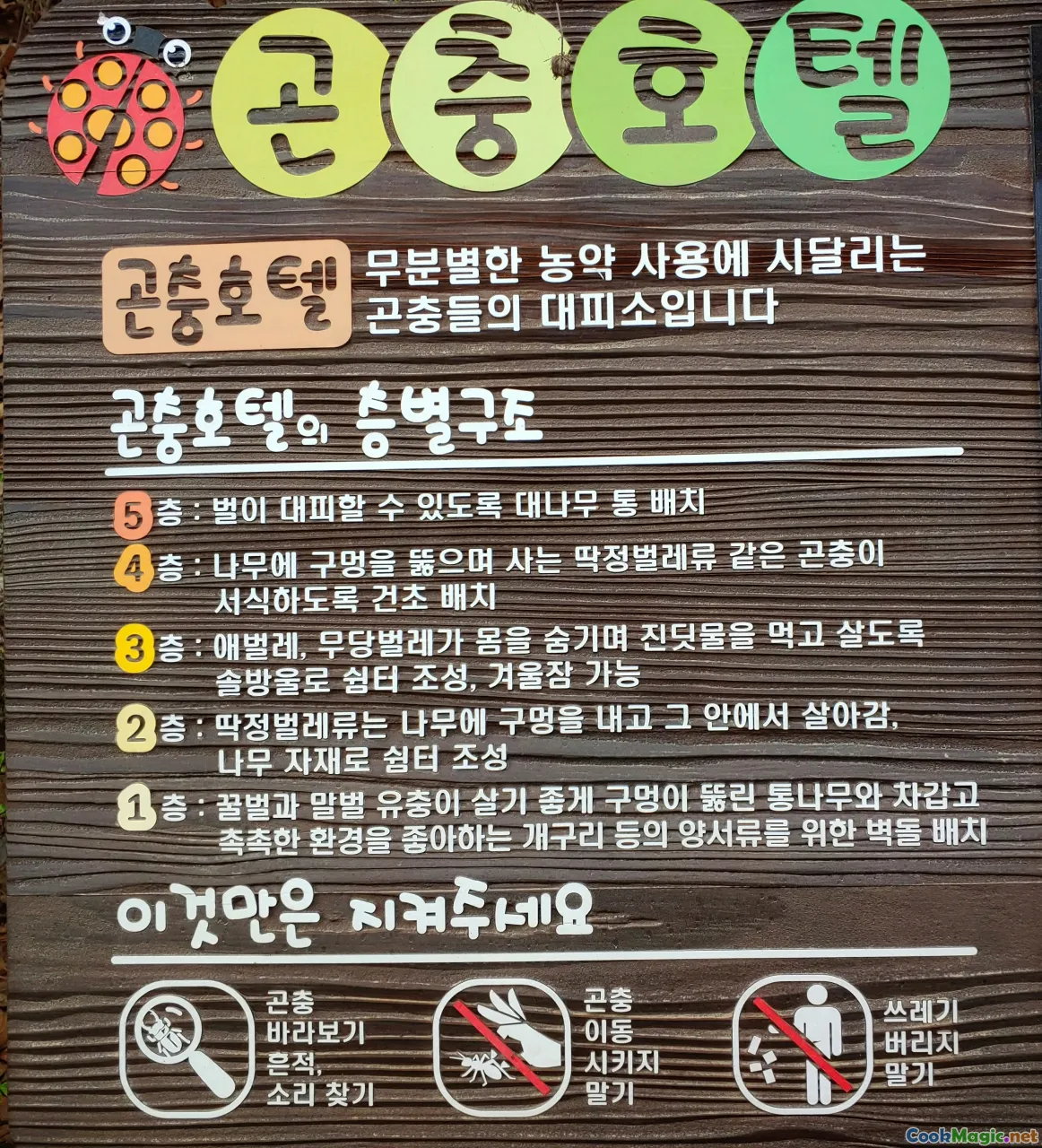
The global popularity of gochujang has filled shelves with options. Here’s what to look for when you want the right jar for your kitchen.
-
Ingredients hierarchy: Look for gochu powder (Korean red pepper), grain component (glutinous rice, barley, or wheat), meju powder (fermented soybean), and salt. A shorter list often signals a more traditional paste. Many mass-market brands include corn syrup or refined sugar; artisanal or premium versions may rely more on rice syrup or barley malt for sweetness.
-
Heat level: Korean labels often mark spicy intensity as mild, medium, hot, extra hot. Some use a numeric scale—Level 1 to 5—with 3 as standard. If you’re cooking for a crowd, start at a 2 or 3 and adjust with gochugaru.
-
Additives: Alcohol is sometimes included as a preservative; it’s mostly neutral in flavor. Avoid jars heavy with artificial color or thickening agents; gochujang shouldn’t need them.
-
Gluten considerations: Traditional gochujang may contain wheat or barley. If gluten-free is essential, seek brands that specify rice-only formulas and certified gluten-free handling. Read carefully—’glutinous’ rice does not contain gluten.
-
Vegan status: Classic gochujang is plant-based, but flavored versions—’stir-fry sauce’ or ’bbq gochujang’—might include fish extract. For strict vegan cooking, choose unflavored base paste.
-
Origin and style: Jars labeled Sunchang-style or hailing from Jeolla-do often lean malty-sweet with depth. City-made versions can skew cleaner and brighter. Neither is inferior; they’re different dialects.
Reliable brands to explore include well-known Korean producers such as CJ (Bibigo), Chung Jung One (O’Food), Sempio, and Ottogi for consistent pantry staples, and smaller-batch makers like Mother-in-Law’s for craft-style pastes made with traditional methods. If you travel, pick up a village jar—it won’t taste the same in six months, and that’s part of the joy.
Choosing the Right Heat and Sweetness for the Dish
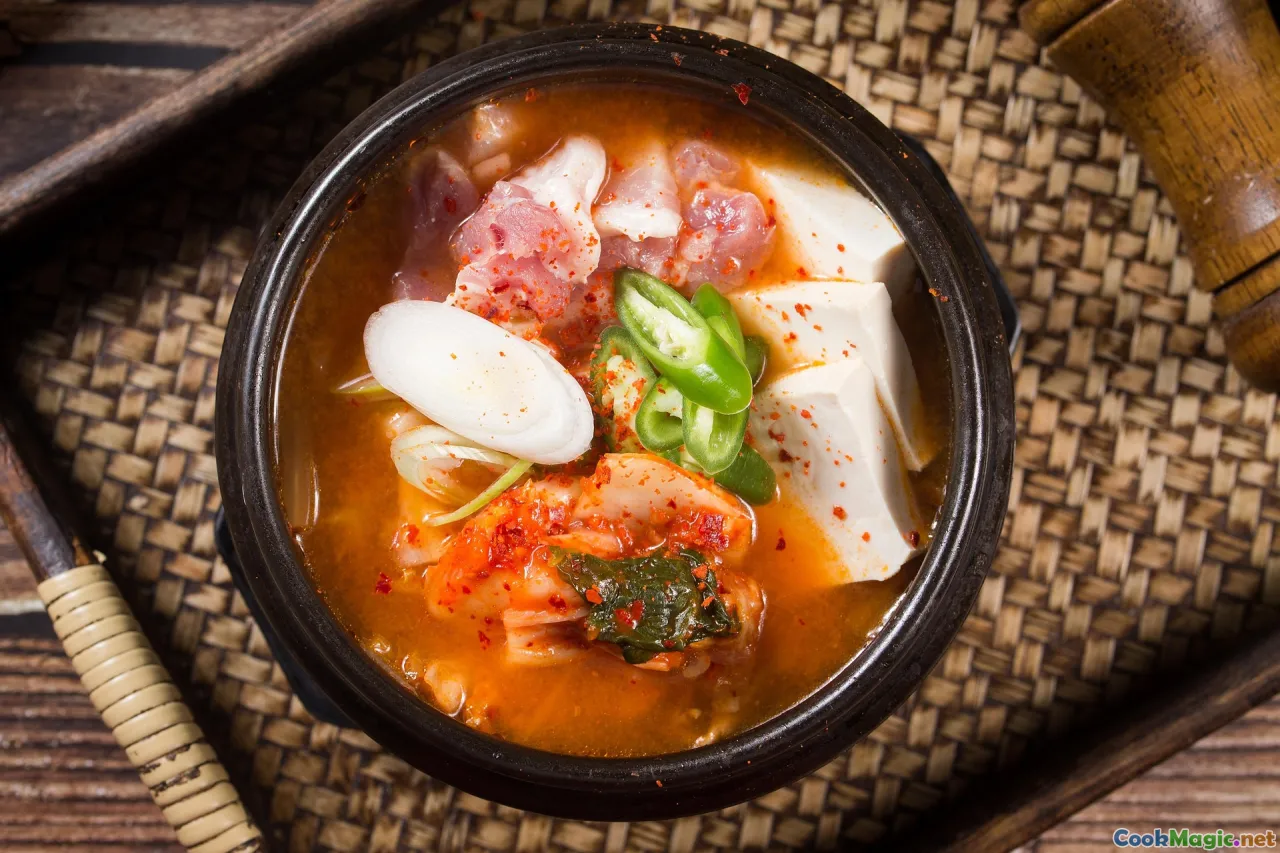
Gochujang isn’t one note. Different dishes invite different balances.
-
Bibimbap: A medium-heat, balanced sweetness paste shines here. You want a sauce that melts into rice and vegetables without hijacking them. A touch of sesame oil and vinegar unlocks aromas.
-
Tteokbokki: The street-food classic thrives on bolder heat and higher sweetness. Tchewy rice cakes need a glossy, punchy sauce; choose a hotter paste and reinforce with gochugaru.
-
Jeyuk bokkeum (spicy pork): Choose a paste with good malt sweetness and a rounded heat. The meat’s fat loves caramelization; a paste that browns well is crucial.
-
Ssamjang: For leafy wraps, start with a milder gochujang because you’ll blend it with earthy doenjang. You want the blend to whisper chili, not shout it.
-
Stews like kimchi jjigae or budae jjigae: Use a savory-forward paste with moderate sweetness; the broth carries salt and umami already.
When in doubt, taste a pea-sized dollop of the paste, then consider the dish’s other elements—saltiness, fat, acid, sweetness. Picture a soundboard. Slide sweetness up, acid down, and spice to medium for tteokbokki; slide acid up and sweetness down for bibimbap.
Kitchen Applications: From Breakfast Eggs to Midnight Noodles
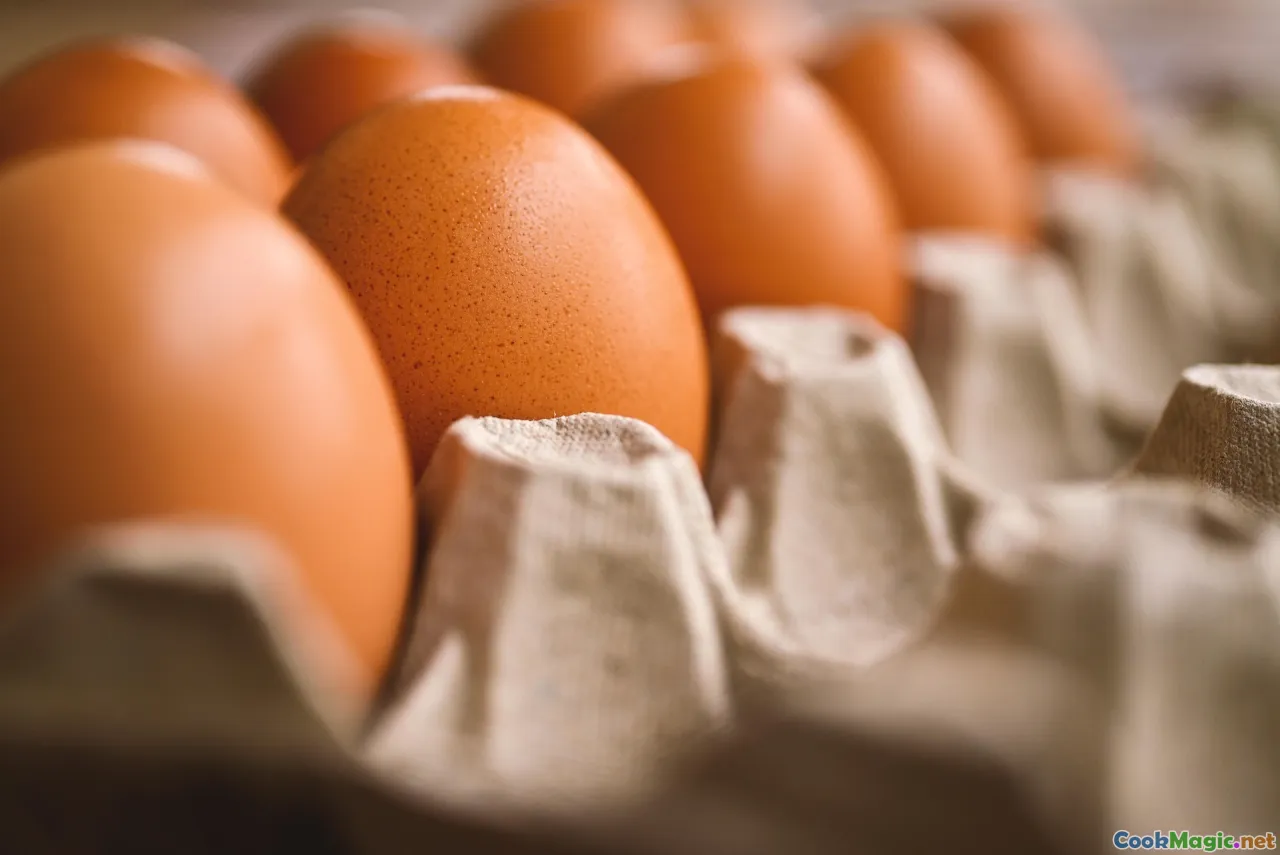
Gochujang lives happily in weekday cooking. Because it’s thick and potent, think of it as a concentrate—not a one-to-one replacement for other sauces—then build around it.
-
Gochujang fried eggs: Warm a tablespoon of neutral oil in a small skillet. Smear in a half teaspoon of gochujang; let it sizzle into the oil and sweeten for 10 seconds. Crack in two eggs. The whites crisp with a faint crimson edge; drizzle with toasted sesame oil, scatter scallions, and serve over steamed rice with gim (seaweed) and quick cucumber pickle. The yolk and paste make an instant sauce.
-
Five-minute noodle fix: Boil chewy wheat noodles or udon. In a bowl, whisk 1 tablespoon gochujang, 1 teaspoon soy sauce, 1 teaspoon rice vinegar, 1 teaspoon honey, and 1 tablespoon hot noodle water. Toss noodles with the sauce, top with sliced cucumber, roasted sesame seeds, and a fried shallot crunch. Add a spoon of kimchi if the night requires courage.
-
Gochujang butter: Mash 2 tablespoons softened butter with 1 teaspoon gochujang, a pinch of sugar, and a squeeze of lemon. Spread on corn on the cob, melt over grilled mackerel, or flick onto roasted sweet potatoes. The butter blossoms the paste’s aroma and tames its edge.
-
Gochujang avocado toast: Smash avocado with lime and salt, smear on toasted sourdough, then streak with a thin ribbon of gochujang and a drizzle of honey. Top with radishes and flaky salt. It’s breakfast with a Wakayama-sunset palette.
-
Midnight tofu: Pan-fry firm tofu slices until golden. Brush with a mixture of 1 tablespoon gochujang, 1 tablespoon mirin, and 1 teaspoon sesame oil. Let it bubble and glaze. Finish with crushed roasted sesame seeds and sliced chile. Eat hot with rice paper-thin pickled daikon.
Five Foundational Formulas You’ll Use All Year
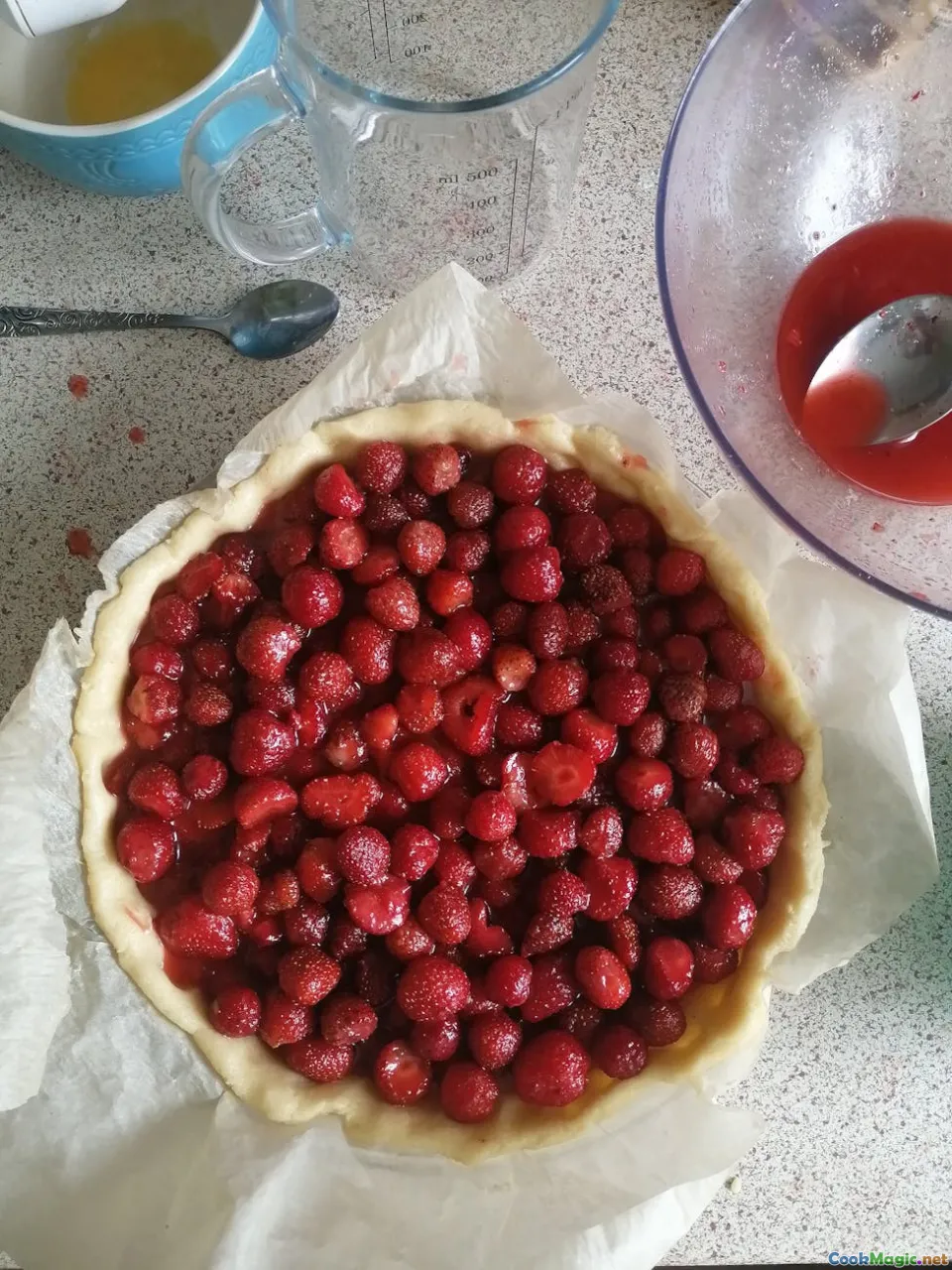
These aren’t strict recipes—more like maps. Start here, then adjust to your taste and the paste in your jar.
- Classic bibimbap sauce
- 2 tablespoons gochujang
- 1 tablespoon toasted sesame oil
- 1 tablespoon sugar or rice syrup
- 2 teaspoons rice vinegar
- 1 teaspoon minced garlic
- Optional: 1 teaspoon roasted sesame seeds
Stir until glossy. Serve at room temperature so the flavors bloom. Adjust vinegar for brightness depending on how tangy your kimchi and namul are.
- Tteokbokki base (street style)
- 2 tablespoons gochujang
- 1 tablespoon gochugaru
- 1 tablespoon sugar
- 1 tablespoon soy sauce
- 2 cups anchovy-kelp broth or water
- Optional: a slice of Korean fish cake (eomuk) and a drizzle of corn syrup for shine
Simmer rice cakes until the sauce thickens and clings. Finish with scallions and a dusting of roasted sesame seeds.
- Jeyuk bokkeum marinade (spicy pork)
- 2 tablespoons gochujang
- 1 tablespoon doenjang (for depth)
- 1 tablespoon soy sauce
- 1 tablespoon sugar or pear puree
- 1 tablespoon mirin
- 1 tablespoon grated onion
- 2 teaspoons minced garlic
- 1 teaspoon minced ginger
- 1 teaspoon sesame oil
Marinate thinly sliced pork shoulder for at least 30 minutes. Stir-fry hard and fast; the sugars will lacquer and char deliciously. Finish with sliced perilla leaves if you can find them.
- Ssamjang building block (for lettuce wraps)
- 1 tablespoon gochujang
- 1 tablespoon doenjang
- 1 teaspoon sesame oil
- 1 teaspoon minced garlic
- 1 teaspoon honey
- Optional: chopped scallion and toasted sesame seeds
Blend into a thick paste. Spread inside lettuce leaves with grilled meat, tofu, or mushrooms, plus rice and a sliver of raw garlic if you’re brave.
- Gochujang vinaigrette (the sleeper hit)
- 1 tablespoon gochujang
- 1 tablespoon rice vinegar
- 1 teaspoon soy sauce
- 1 teaspoon honey
- 3 tablespoons neutral oil
Whisk until emulsified. Toss with grilled vegetables—charred zucchini, blistered shishito peppers, garlicky green beans—or drizzle over a chilled soba salad.
Dishes Where Gochujang Sings — and Where It Whispers
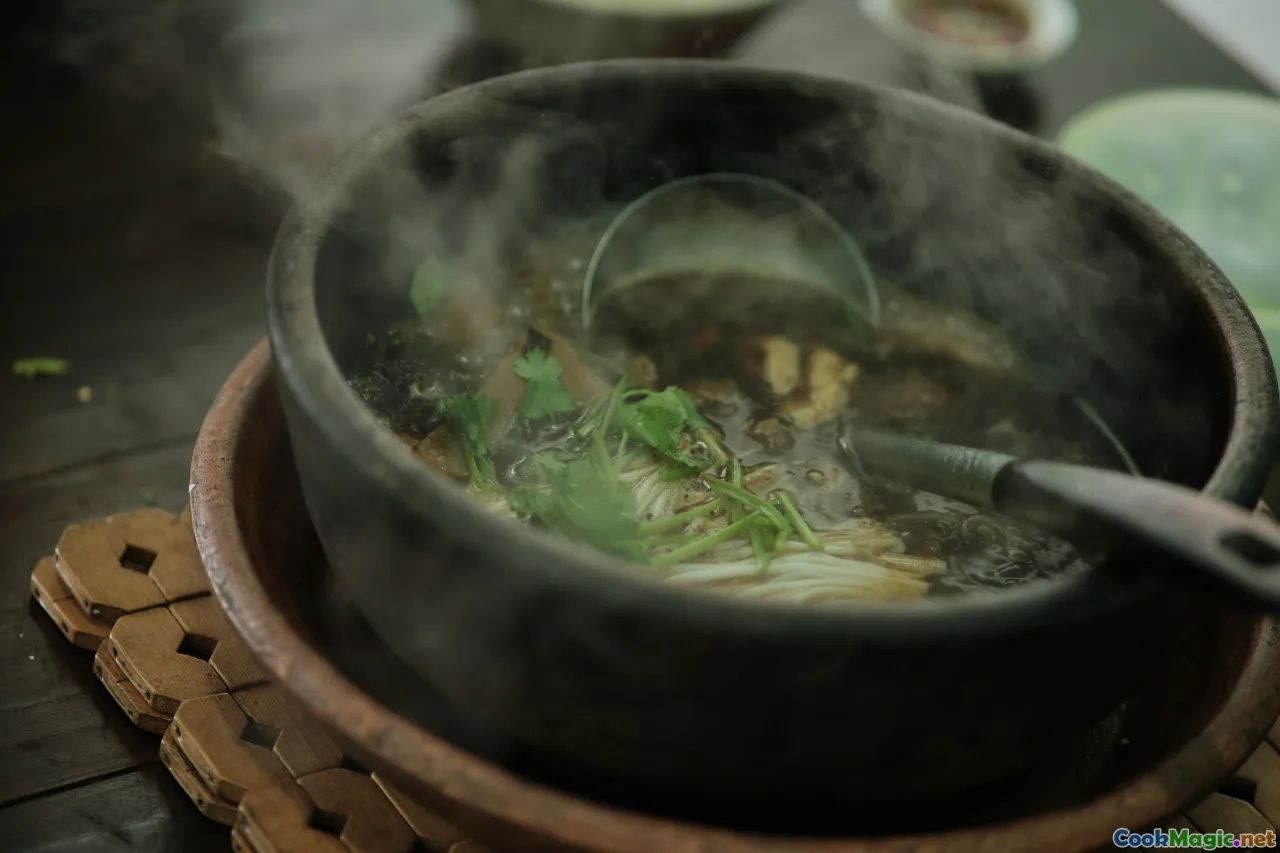
-
Jeonju bibimbap: In Jeonju, bowls arrive like miniature landscapes—namul in greens and tans, golden yolk sitting like a sun. The sauce is moderate, designed to mingle rather than dominate. Stir thoroughly; the warmth of the rice hums the gochujang awake.
-
Chuncheon dakgalbi: A big flat pan, a tangle of cabbage and chewy tteok, strips of marinated chicken, sweet potatoes, and a sauce that treads the line between hot and sticky. The gochujang here is a building material—thick enough to cling through searing heat, sweet enough to shine like candy glaze.
-
Budae jjigae: Born of scarcity and creativity after the Korean War, this army-base stew braids kimchi, sausages, spam, baked beans, and instant noodles into a tomato-red broth. A spoon of gochujang underwrites the soup, lending weight and a controlled burn that keeps the indulgence from turning greasy.
-
Jjolmyeon: Cold, chewy noodles dressed in a vivid, sweet-hot sauce of gochujang, vinegar, sugar, and sesame. Think of it as summer refusing to wilt—the paste provides backbone so the tangy dressing doesn’t feel thin.
-
Grilled mackerel with gochujang glaze: Oily fish loves gochujang. The paste forms a spicy, caramelized coat that crackles at the edges. A squeeze of lemon or yuzu wakes it up; a bowl of barley tea cools you down.
-
Dubu jorim (braised tofu): Here, gochujang whispers. A teaspoon blended into the braising liquid—soy sauce, garlic, sugar, water—gives the tofu a ruddy blush and a gentle warmth that moves quietly through rice.
Regional and Artisanal Notes: Sunchang and Beyond

If you get the chance, go to Sunchang. The village unfolds along a valley where mornings run cool and afternoons bake. Rows of onggi stand like terra-cotta soldiers facing the sun. In one courtyard, I tasted two pastes from the same maker—one aged a single summer, one that had seen two summers and a winter. The younger was bright and friendly, with a cherry-like top note and a soft finish. The older had a deep molasses hue, a woolly warmth, and a spicy afterglow that lingered like an old song.
Small makers will often show you their grain. Some prefer rice for a clean sweetness; others swear by barley for its biscuit-like aroma. One woman lifted a handful of barley malt and invited me to taste—chewy, toasty, alive with the promise of sugar. She pointed at the ridge line beyond the village and shrugged: the mountain is part of every jar.
In Seoul, you’ll find a spectrum. Markets like Gwangjang or Mangwon sell bulk pastes scooped into tubs—fruity, punchy, sometimes slightly astringent from a shorter ferment. Supermarkets carry polished, consistent brands: red that reads true on camera, heat that lands where the label says it will. The city jars are fine daily drivers; the village jars are your weekend vinyl.
Troubleshooting and Cooking Smarter with Gochujang

-
Don’t burn it: Gochujang’s sugars caramelize fast. When stir-frying, add it after aromatics and proteins have browned, and loosen with a splash of water or stock. Keep the sauce moving.
-
Balance sweetness: If your paste leans sweet for a dish like kimchi jjigae, offset with an extra spoon of doenjang or a dash of soy sauce and rice vinegar. For marinades, sweetness is your friend; for broths, keep it restrained.
-
Bloom the flavor: Like tomato paste, gochujang benefits from a brief bloom in oil. Even 15 seconds in hot oil opens its aroma—think roasted red pepper and toasted grain.
-
Thin smartly: If you need a sauce to pour, whisk in hot water, broth, or noodle cooking water. Water carries flavor; oil traps it on the surface.
-
Salt watch: Gochujang is salty. Taste before adding soy sauce or salt to a dish. Let the paste be your salt source when possible.
-
Introduce acid: A trickle of vinegar, a squeeze of citrus, or even a touch of kimchi brine can turn a heavy sauce lively.
-
Rest marinades: Proteins absorb seasoning unevenly. Thirty minutes helps; overnight helps more. With pork and chicken, the paste clings and penetrates. With tofu and mushrooms, marinate longer or score surfaces for more contact.
-
Clean spoons only: Cross-contamination shortens shelf life. Dip, don’t double-dip.
Pairings: What to Drink and Serve Alongside
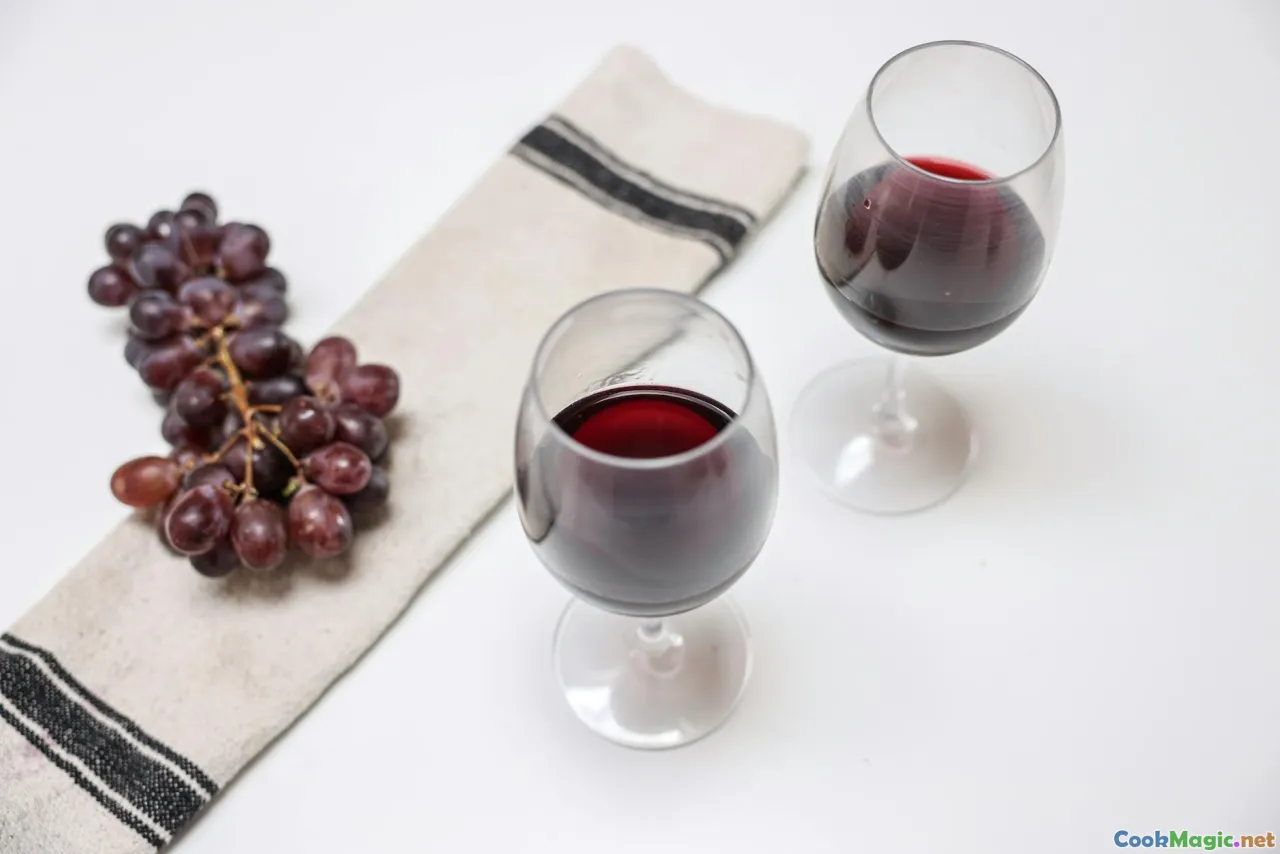
Gochujang plays well with drinks and side dishes that either cushion heat or mirror its depth.
-
Makgeolli: The milky, lightly effervescent rice wine acts like a soft cloud against spice. Drink chilled with dakgalbi or spicy pancakes.
-
Soju: Clean, neutral, and perfect for late-night tteokbokki runs. Look for artisanal soju if you can—distilled, not diluted.
-
Beer: Crisp lagers and session IPAs punch through sweetness and sizzle. The bubbles help scrub your palate between bites of sticky, spicy ribs.
-
Wine: Off-dry Riesling, Chenin Blanc, or a chilled Gamay tame heat and complement sweetness. Avoid heavy oaked whites; they make the paste feel cloying.
-
Non-alcoholic: Roasted barley tea, sparkling water with yuzu, or a cold yogurt drink. The dairy protein in yogurt is a friendly fire extinguisher.
As for banchan, keep the table varied. Cool spinach namul, sesame bean sprouts, and sliced cucumbers bring crunch and calm. A bright oi muchim (cucumber salad) with rice vinegar and a touch of sugar is the perfect counterpoint to a gochujang-glazed main.
Storage and Care: Keeping the Paste at Its Best

Treat gochujang like a living ingredient even if it’s pasteurized. It rewards a little attention.
-
Refrigerate after opening: The cold slows oxidation and preserves color and aroma. The paste will thicken slightly; that’s fine.
-
Minimize air exposure: Smooth the surface after each use and, if you like, press a small sheet of parchment onto the paste before closing the lid.
-
Clean utensils: Always scoop with a clean, dry spoon to prevent mold.
-
Shelf life: Unopened, it can last a year or more. Opened, plan on using within 6 to 12 months for peak flavor. The color may darken over time; that’s natural, but if you see mold or a sharp off-odor, discard.
-
Freezing: You can spoon tablespoon portions onto parchment, freeze, and store in a freezer bag. This is useful if you buy a large tub and cook infrequently. Thaw overnight in the fridge or drop frozen portions straight into hot sauces.
Gochujang in a Global Pantry: Cross-Cultural Cooking With Respect

While gochujang is rooted in Korean cooking, it’s also a generous collaborator. The key is to use it thoughtfully—honor its origin while letting it spark new ideas.
-
Gochujang Caesar: Whisk a teaspoon into your next Caesar dressing with lemon, anchovy, and Parmigiano. The paste adds smoke and depth without overwhelming the classic profile.
-
Honey-gochujang wings: Toss fried or baked wings in a mixture of gochujang, honey, soy sauce, garlic, and butter. The sauce clings like lacquer and eats like a memory of game nights and neon-lit pojangmacha tents.
-
Roasted carrot and gochujang glaze: Roast carrots until tender, then brush with a mix of gochujang, maple syrup, and rice vinegar. Finish with toasted pumpkin seeds and a dollop of labneh. Sweet on sweet, balanced by acid and lactic tang.
-
Gochujang tacos al pastor-ish: Marinate pork shoulder with gochujang, pineapple juice, garlic, and a hint of cumin. Grill, chop, and serve on warm corn tortillas with onions and cilantro. It’s not al pastor—it’s a happy, respectful conversation across oceans.
-
Gochujang chocolate truffles: A pinch in dark chocolate ganache adds warmth and a soft, late-arriving heat. Finish with cocoa powder and sesame seeds. Think chili-chocolate with better manners.
-
Gochujang compound yogurt: Stir a teaspoon into plain Greek yogurt with lemon and garlic. Spread under grilled lamb or spoon alongside roasted eggplant. The dairy blunts heat and brightens umami.
The Emotional Geometry of a Red Spoon

Every household I’ve visited in Korea keeps a spoon tucked into a jar of gochujang the way some homes keep a candle by the sink. It’s practical and symbolic. The paste is a daily ingredient—breakfast porridge, school-lunch kimbap, late-night noodles—but it’s also a link. Ask someone about their favorite gochujang and they’ll often tell you about their eomma’s or halmeoni’s version, how it tasted lighter because she used more barley, or how it was fiery because she grew gochu in a south-facing patch and swore the peppers soaked up extra sun.
In my own kitchen, there’s a jar from Sunchang that I ration like a rare tea. On difficult days, I make a simple bowl: hot rice, a pat of butter, a spoon of gochujang, a fried egg, and just-shy-of-scorched gim. The butter softens the heat, the egg yolk turns everything into a sauce, and the paste tastes like a friend who knows when not to talk. Some foods are fuel; gochujang is a mood.
Comparing Jang: Gochujang, Doenjang, and Beyond
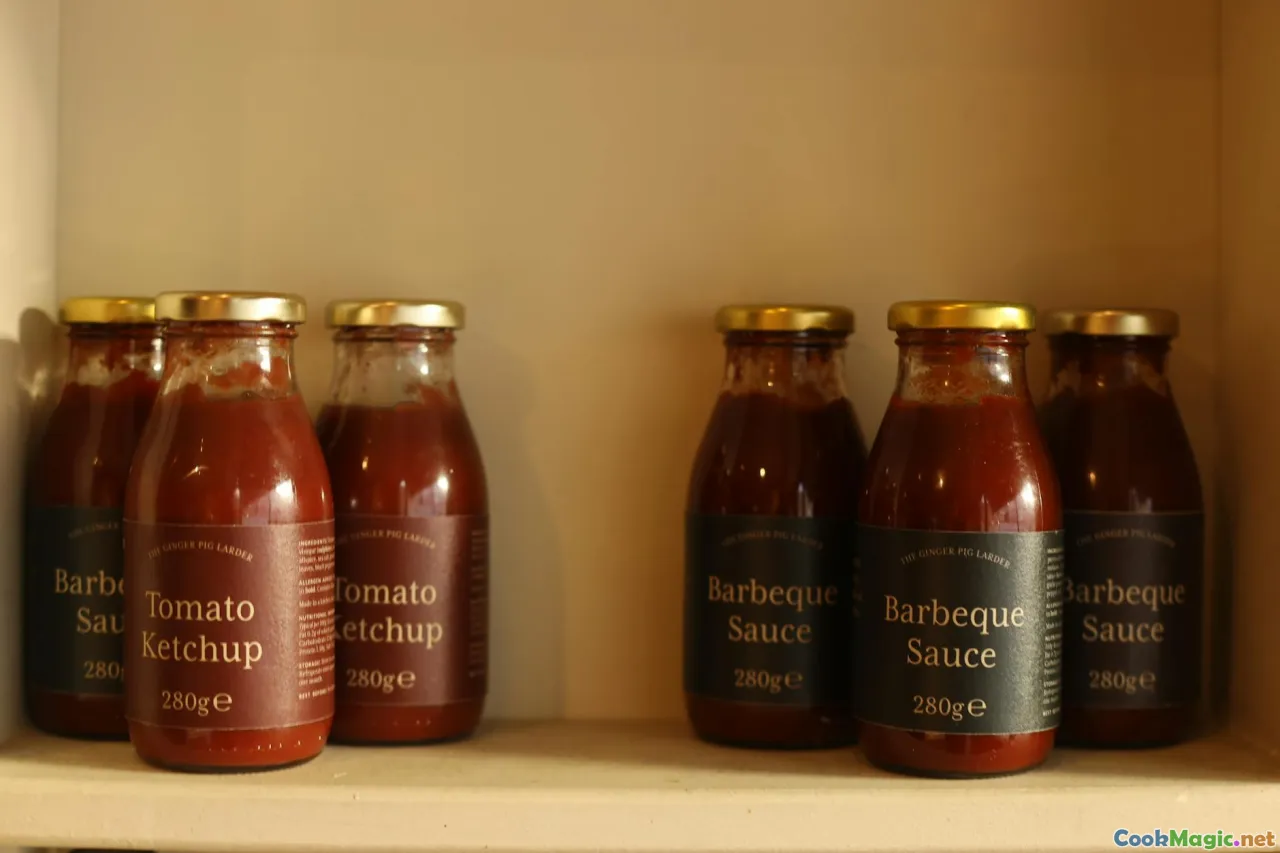
Korean cuisine centers on jang—fermented seasonings that encode time and place.
-
Gochujang: Chili-driven, sweet-salty, thick. Best for glazes, marinades, sauces with body. Heat ranges wildly; sweetness is integral.
-
Doenjang: Earthy soybean paste, less sweet, more rustic and pungent. It anchors soups like doenjang jjigae and enriches stews and dressings. Combine with gochujang for ssamjang—the dip that makes lettuce wraps irresistible.
-
Ganjang: Soy sauce. Salty umami in liquid form, ranging from light to dark. Often used to season broths where gochujang would turn the liquid opaque.
-
Gochugaru: Not a paste, but worth noting—the chili flakes that bring clean heat and color to kimchi and banchan. Use it to adjust a gochujang-based sauce without adding more sweetness.
These condiments are not rivals; they’re a trio. Learn their personalities and your Korean cooking will become fluent. A touch of doenjang deepens a gochujang marinade; a dash of ganjang sharpens a sweet glaze; a sprinkle of gochugaru gives a stew a last-minute lift.
Sourcing With Care: Supporting Makers and Choosing Well
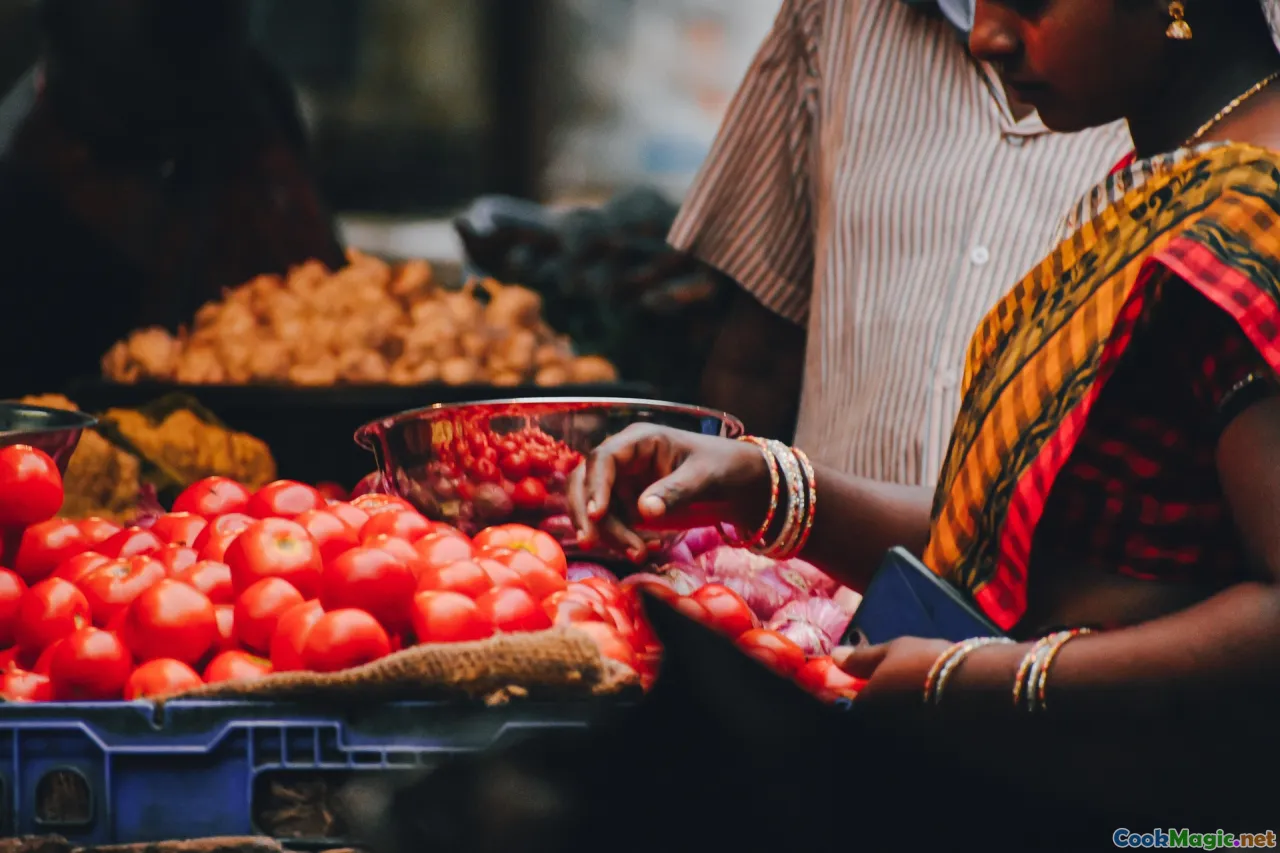
When you buy gochujang, you’re buying time in a jar. Consider where your money goes.
-
Seek GI or regional indications: Some Korean products carry geographical indications and quality marks. Sunchang-labeled gochujang often signals adherence to traditional styles.
-
Visit Korean markets: Staff at H Mart, Lotte Plaza, or local Korean grocers often have opinions. Ask which jar they take home. Taste if samples are available; the right paste will light up your palate.
-
Support small-batch and craft: Makers who use rice syrup over corn syrup, longer ferments, and onggi often charge more because their process takes more time and labor. The flavor justifies it.
-
Mind sustainability: Earthenware and traditional methods don’t necessarily equate to sustainable packaging. If you can, reuse sturdy tubs for miso, flour, or rice. Some artisans are experimenting with reusable jar programs; say yes if you see them.
A Cook’s Notebook: Real-World Moments With Gochujang
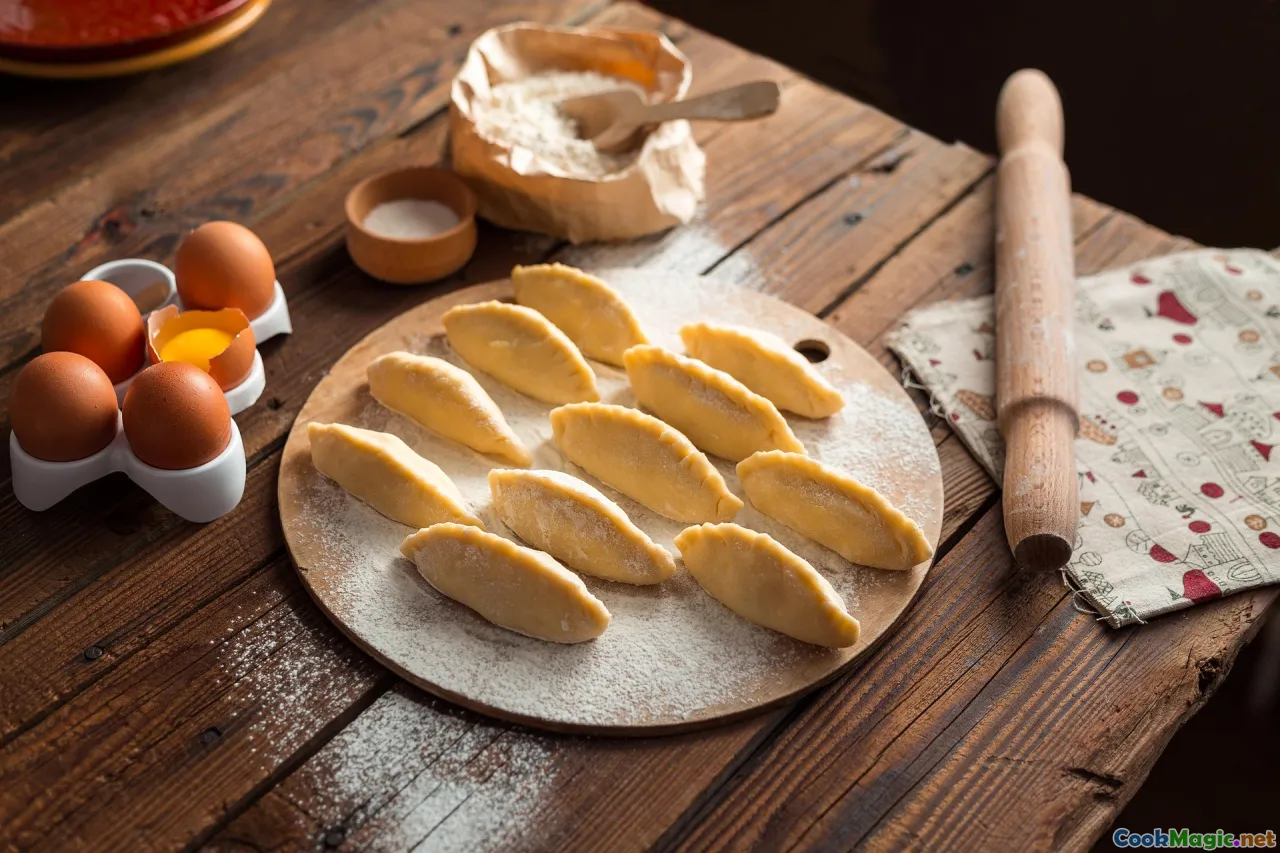
-
Sindang-dong tteokbokki alley: Vendors tweak sweetness and heat to tempt passersby. One stand balanced sauce with a glug of anchovy stock that made the red shine taste savory instead of sticky. I left with a skewer in one hand and a lesson in the other—broth is the best thinner.
-
A Seoul rooftop barbecue: Pork belly sizzling, fat stippling a cast-iron pan. We mixed gochujang with doenjang, garlic, and sesame oil—ssamjang that tasted like campfire and chestnuts. Wrapped in crisp red-leaf lettuce, it felt like both a feast and a medicine.
-
Winter kimchi jjigae in Busan: The cook used a mere teaspoon of gochujang to echo the fermented chili in the well-aged kimchi. The broth was brick-red, but the heat was measured, letting the sourness lead. Color tells you very little. Taste tells you everything.
-
Home test, three jars: A mass-market paste, a mid-tier rice-malt version, and a village jar. Scraped onto warm toast, the differences were magnified. The mass-market tasted linear—sweet then hot. The rice-malt had a toasted cereal aroma. The village jar had something else—an echo of soy sauce, a breath of dried fruit. It lingered like a well-made stew.
Cooking With Care: Timing and Technique
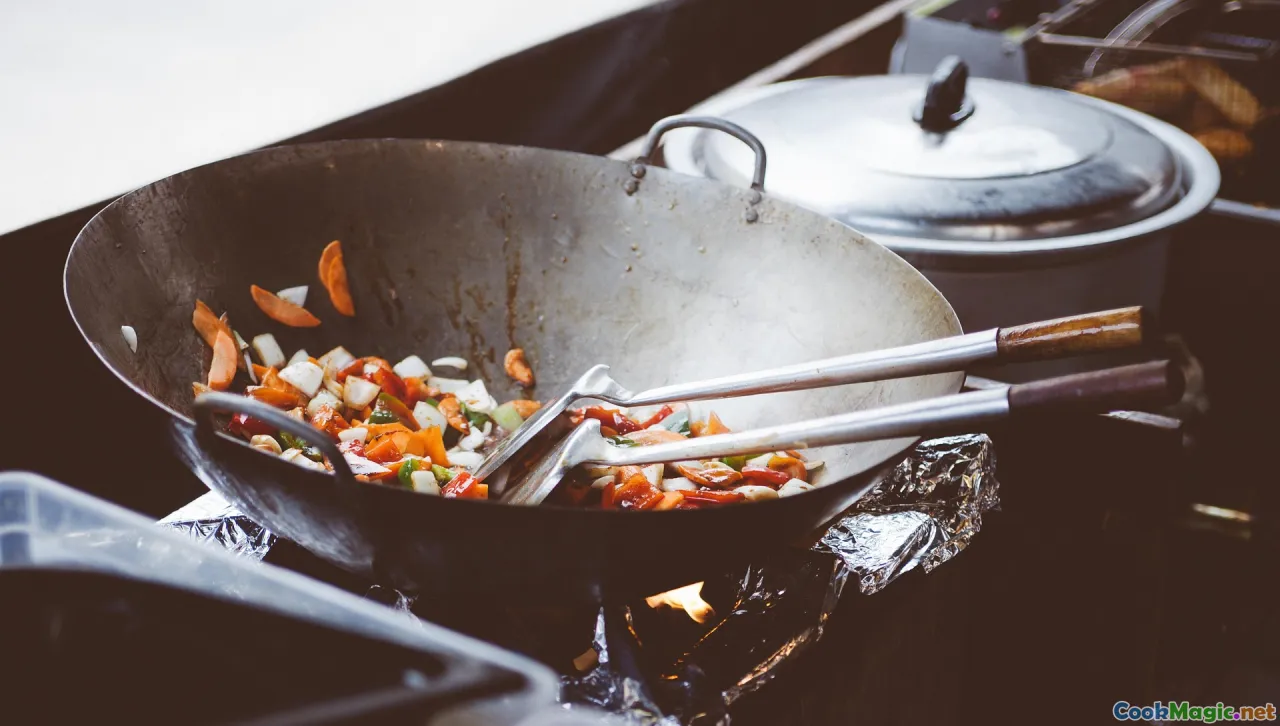
-
Add late to soups: If you’re building a stew, bloom a small amount of gochujang with aromatics, add stock, then simmer briefly. Boiling hard for too long can mute nuance and push sweetness forward.
-
Consider browning: For grilled meats or vegetables, brush on gochujang-based glazes in the final third of cooking. Too early and the sugars burn; too late and the paste tastes raw.
-
Use fat strategically: Fat carries flavor. A little sesame oil or rendered pork fat can bloom the paste into something bigger. Too much fat, though, can smother brightness. Find the seam.
-
Respect heat: Capsaicin is fat-soluble. To cool a too-hot sauce, add fat or dairy (butter, yogurt), or serve with rice and lettuce. Water will not save you.
-
Embrace contrast: Gochujang loves crunch, cold, and green. Serve spicy-glazed chicken with quick-pickled radish, a mound of fresh herbs, and cold beer. That’s balance.
A Last Spoonful
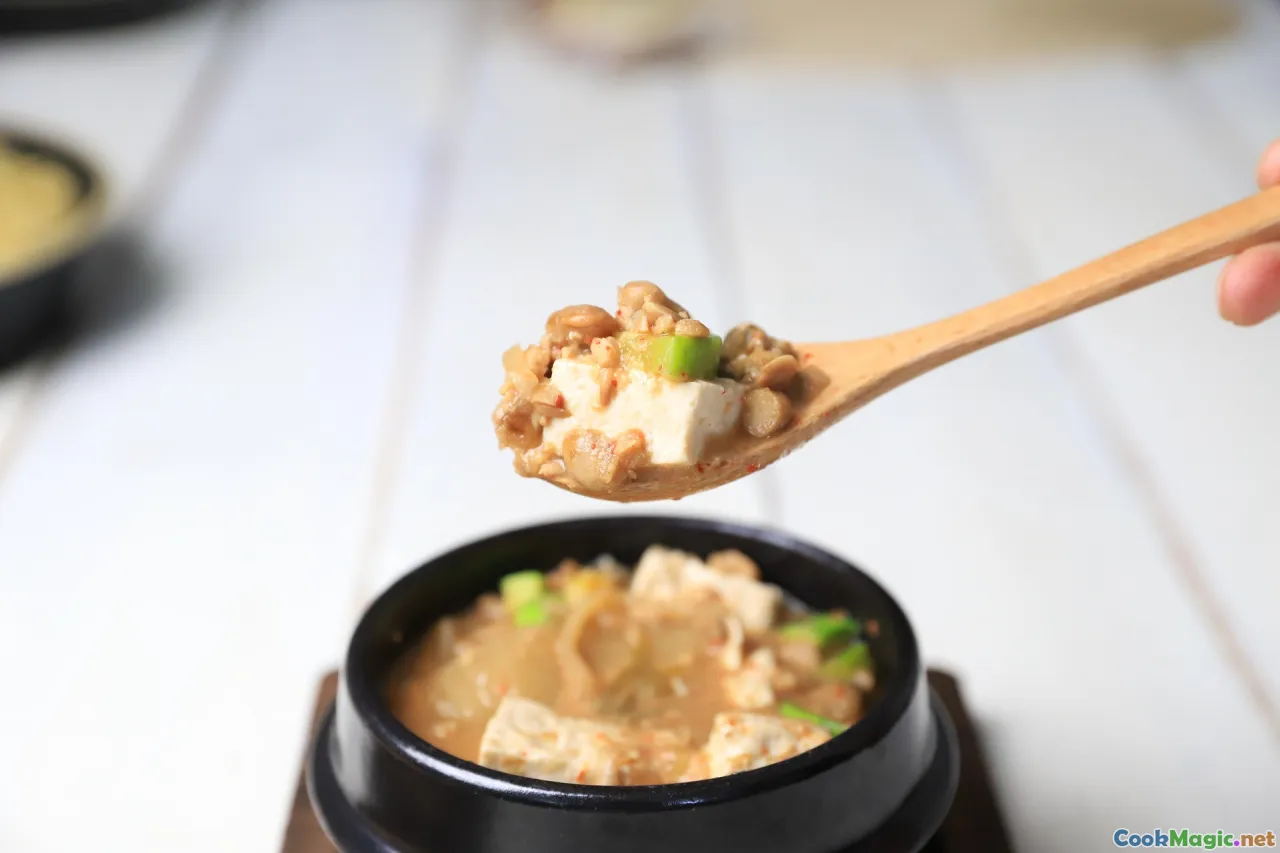
There’s a moment at the table, somewhere between the second and third bite, when gochujang stops being a novelty and becomes a companion. It’s the moment you don’t think about the paste at all—you think about how the rice tastes more like rice, how the cabbage tastes greener, how the pork feels rounder and more generous. That’s the magic: gochujang doesn’t always demand attention; it directs it.
In kitchens from Sunchang to your city apartment, a jar waits patiently on a shelf, holding a small weather system of sun and wind, grain and bean. Keep it near the stove. Swipe a little into oil. Learn how your jar behaves when heat kisses it, when vinegar wakes it, when butter drapes over it like silk. Let it teach you Korea’s bright, grounded way with flavor—a style as rooted as clay and as vivid as a neon sign reflected in midnight rain. And when the day needs steadiness, warm a bowl of rice, lift the lid, and take that red spoonful. The world narrows to a manageable heat, and dinner, at last, makes sense.









